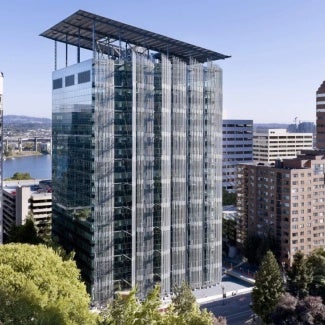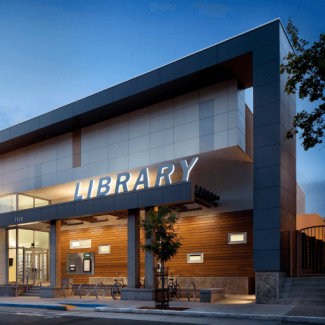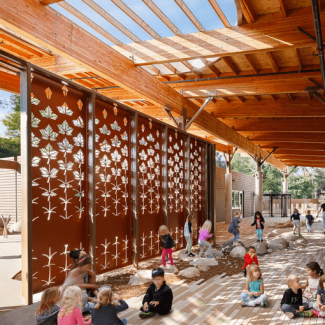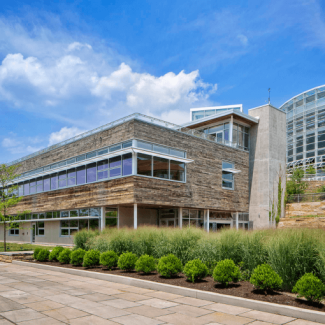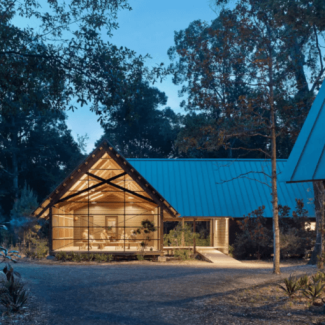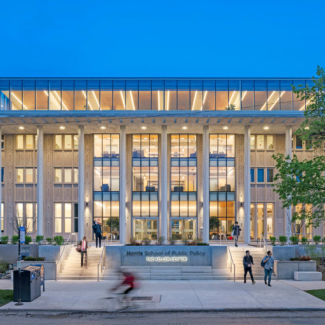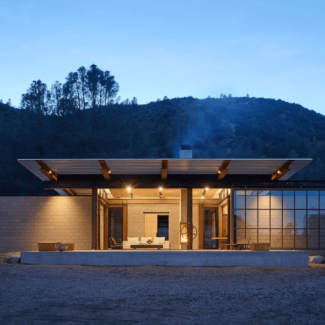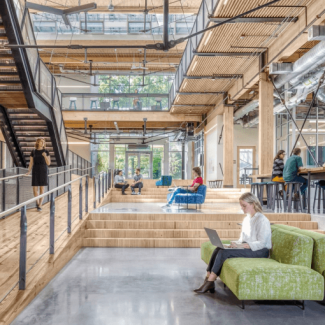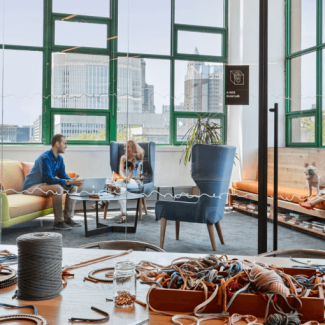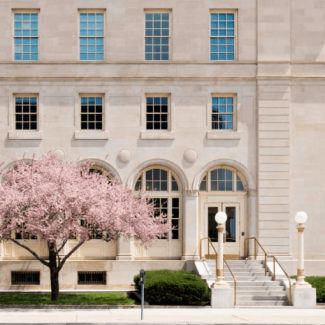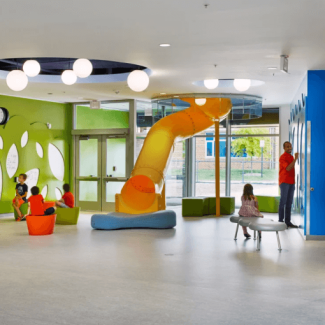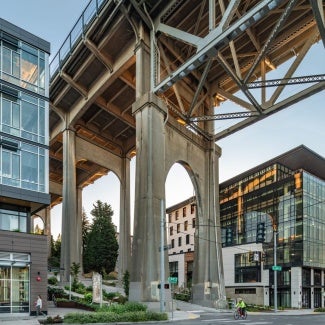AIA Framework for Design Excellence
The AIA Framework for Design Excellence represents the defining principles of design excellence in the 21st century. Comprised of 10 principles and accompanied by searching questions, the framework informs progress toward a zero-carbon, healthy, just, resilient, and equitable built environment.
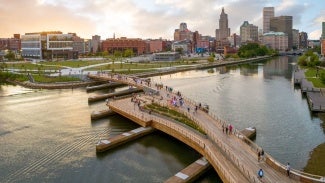
The AIA Framework for Design Excellence challenges architects with a vision of what the profession strives to achieve. The framework’s ten principles are relevant for every architect, every client, and every project, regardless of size, typology, or aspiration.
Download this infographic to find ways you and your client can thoughtfully consider the AIA Framework for Design Excellence at the initiation of every project and incorporate it into the work as appropriate to the project scope.
Discover the defining 10 principles of design excellence for the 21st century. Our introductory course unpacks each principle's origin, evolution, and significance, guiding you toward a zero-carbon, healthy, just, resilient, and equitable built environment.

